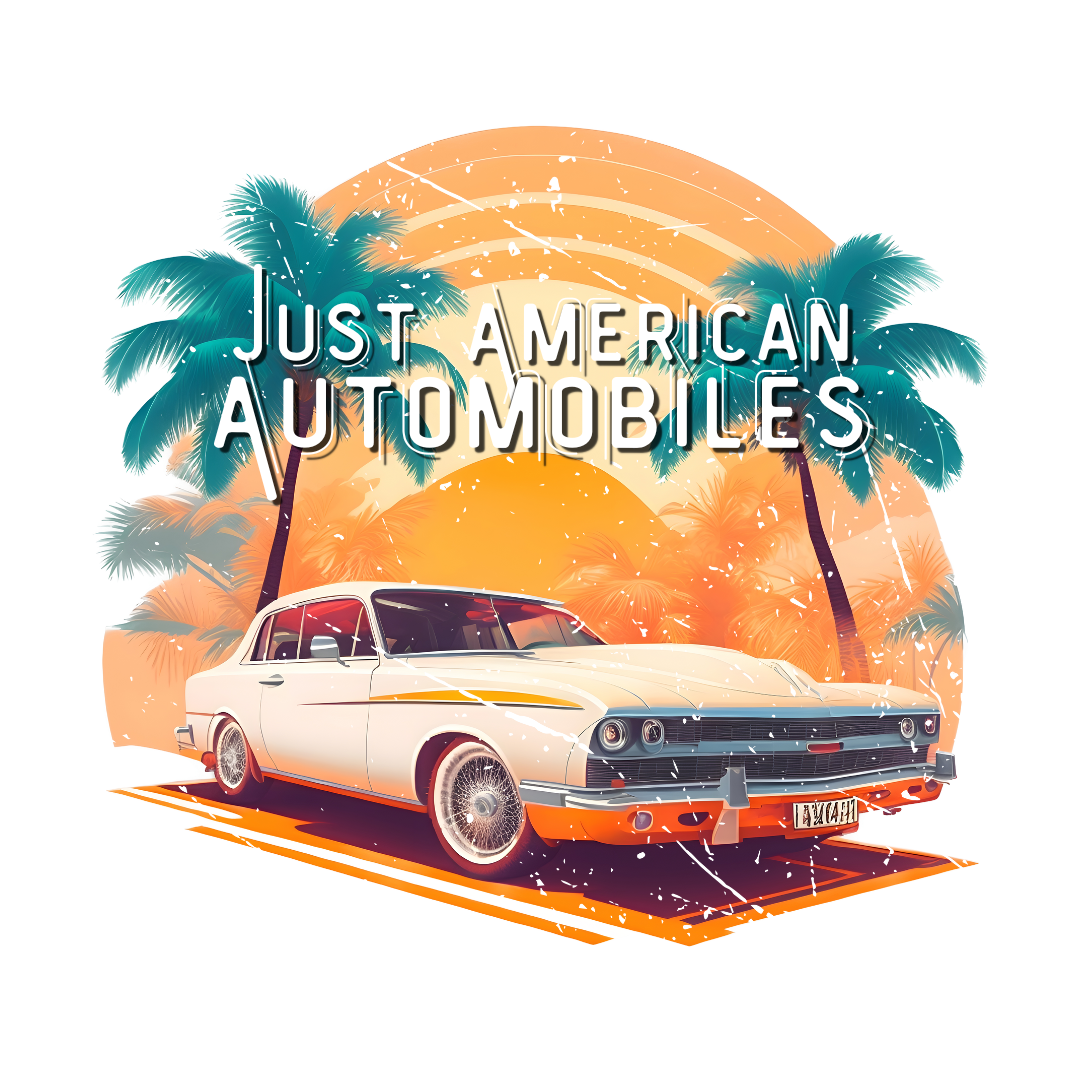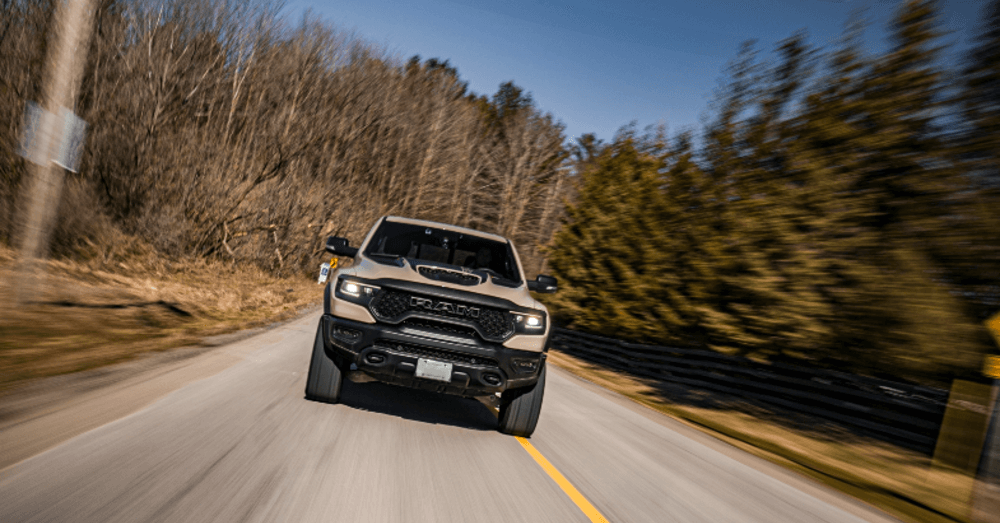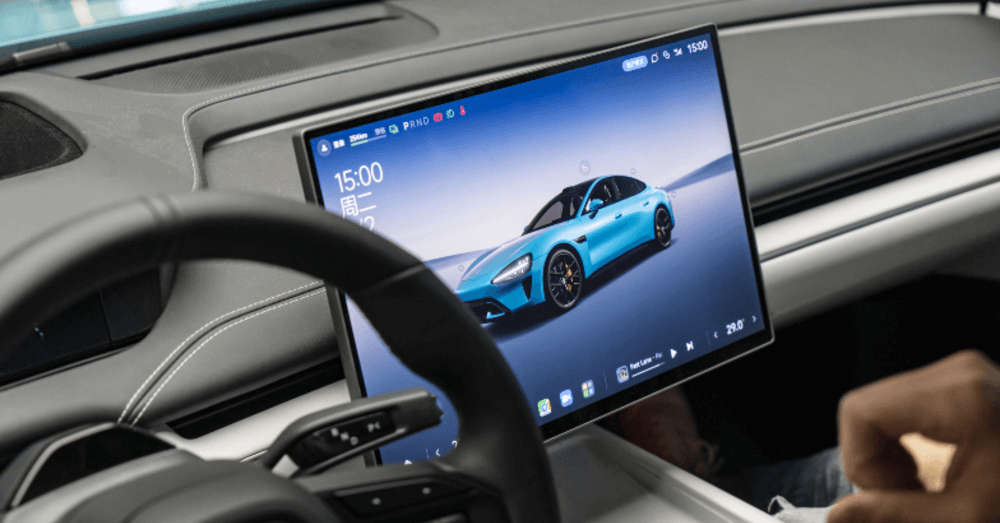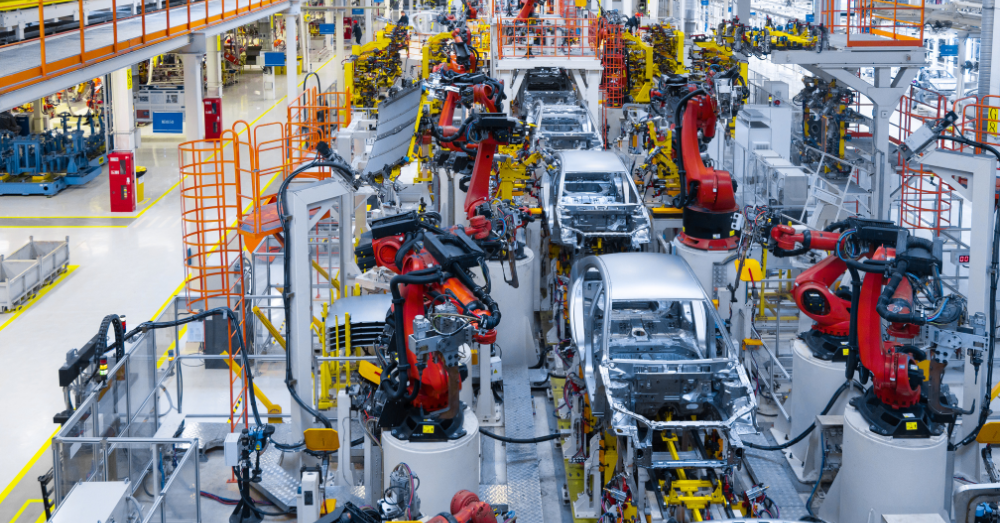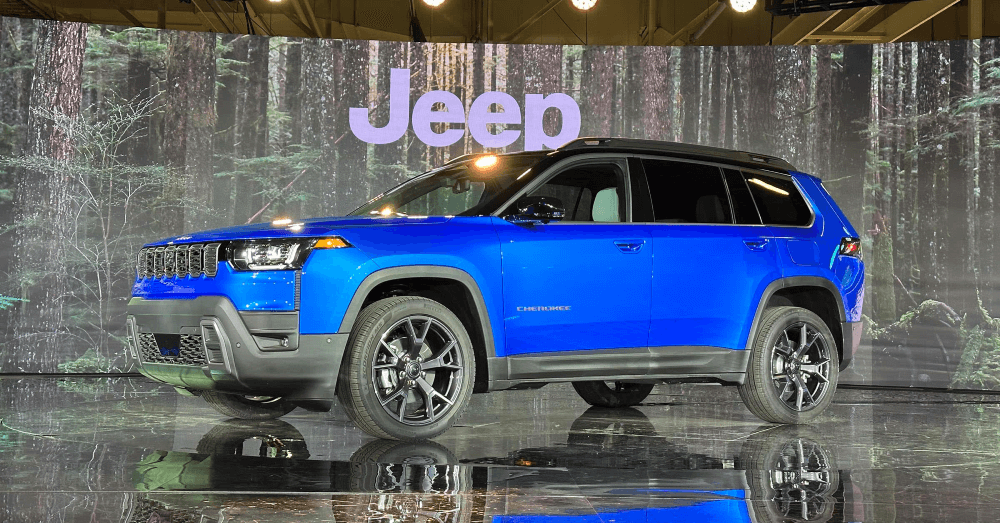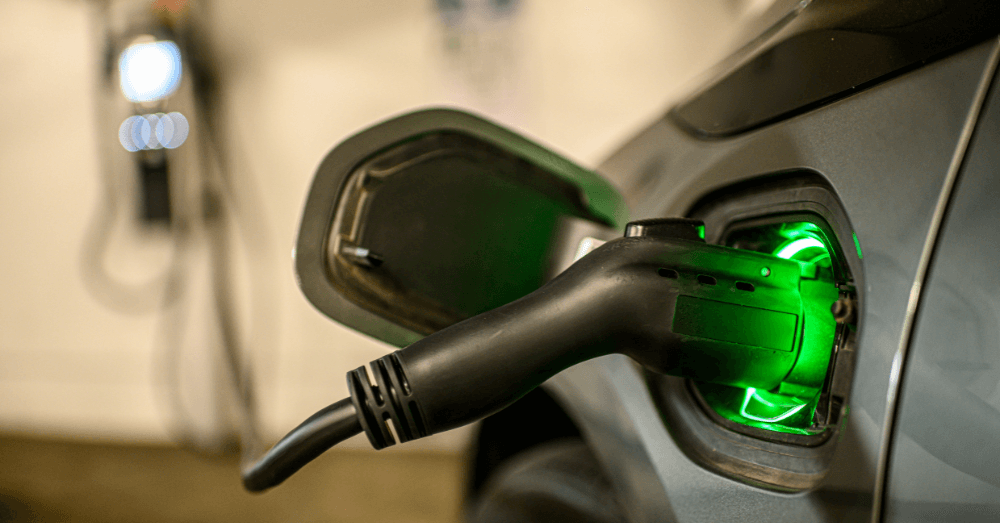Drive through any college town or mountain community these days, and you’ll see them everywhere – ordinary cargo vans transformed into rolling homes with solar panels, bike racks, and glimpses of cozy interiors through tinted windows. What started as a budget-friendly way to avoid hotel costs has grown into a full-blown American movement that’s changing how we think about home, work, and freedom.
- The van conversion market hit $8.05 billion in 2023, with companies reporting massive waitlists for custom builds
- American DIY kit companies are making conversions accessible with flat-pack systems starting around $5,000
- Regional builders are developing specialized designs from Colorado’s mountain rigs to California’s surf mobiles
America’s Love Affair with Mobile Freedom
This isn’t America’s first rodeo with van life. Back in 1964, Ford started making Travel Wagons – basically their answer to the Volkswagen camper that was becoming popular with American servicemen returning from Europe. These early American conversions had something the VW buses didn’t: real horsepower and space to spread out.
While European designs focused on efficiency and compact living, American builders went bigger and bolder. The Ford Econoline came with V8 engines that could actually merge onto highways without causing traffic jams. Dodge jumped in with their A-100 series, and suddenly American families had options that matched their supersized expectations.
Those early conversions laid the groundwork for today’s boom. The same spirit that drove people to customize hot rods and build backyard workshops now has them gutting cargo vans and creating mobile sanctuaries.
The New American Dream on Wheels
Walk through any van conversion shop today, and you’ll see builds that would blow those 1970s camper owners away. Companies like VanLab USA have figured out how to ship conversion kits anywhere in the country – think furniture assembly instructions, but for turning your van into a tiny home.
Their flat-pack systems use a simple peg-in-hole design that means you don’t need to be a master carpenter to build something impressive. A couple from Seattle told me they assembled their entire kitchen in one weekend using nothing but a cordless drill and the instruction manual.
What’s really cool is how different regions have developed their own specialties. Colorado builders focus on four-season designs that can handle mountain winters. Arizona shops specialize in desert-ready rigs with extra water storage and superior ventilation. East Coast companies build compact layouts perfect for navigating city streets and cramped campgrounds.
Setting the Bar High
You can’t talk about quality conversions without mentioning how the Mercedes camper van has influenced the entire American market. The Sprinter’s generous interior space and solid build quality set a standard that every other conversion tries to match.
High-end American builders like Outside Van and Compass Vans have built their reputations on Sprinter conversions, creating rolling mansions that cost more than most people’s houses. But here’s the thing – even budget builders study these premium builds and figure out ways to achieve similar results for less money.
That’s pure American ingenuity. Take something expensive and exclusive and find a way to make it accessible to regular folks.
The DIY Revolution
Here’s where things get really interesting. While you can drop six figures on a professional conversion, a growing number of Americans are rolling up their sleeves and doing it themselves.
Take Hein and Kim from DIYvan – they started converting their own Sprinter back in 2012 and ended up creating a whole business helping other DIY builders. Their website reads like a masterclass in van conversion, with detailed guides covering everything from electrical systems to custom cabinetry.
The DIY community has spawned an entire supply chain of American manufacturers making van-specific components. Need a compact water heater? There’s a company in Michigan making them. Want LED strips that integrate with your electrical system? Multiple suppliers compete for your business with better products and lower prices.
What I love about the DIY scene is how people share knowledge freely. Forums and YouTube channels overflow with builders showing their mistakes and successes. It’s like having thousands of mentors available 24/7.
High-Tech Hits the Road
Modern van conversions would seem like science fiction to those early camper van pioneers. Smart home technology now lets you control lighting, climate, and security from your phone. Some builds have voice-activated systems that respond to commands like “dim the lights” or “start the coffee maker.”
The electrical systems alone are impressive. Lithium battery banks store enough juice to run laptops, refrigerators, and even air conditioning for days. Solar panels have become so efficient that many vans generate all their own power while parked in sunny spots.
I visited a van in Portland that had a full office setup with multiple monitors, high-speed internet through a cellular booster, and enough battery power to work off-grid for a week. The owner, a software developer, told me he’s more productive in his van than he ever was in a traditional office.
The Business Side of Van Life
This movement has created a massive American industry practically overnight. Traditional RV dealers are expanding into conversions. Outdoor gear companies design van-specific products. Even furniture makers create pieces for mobile living.
The numbers tell the story. North America leads the global market, with the industry growing at over 8% annually. That growth means more competition, which benefits everyone through better products and lower prices.
I talked to Kent at Van America in Utah, who told me their wait list stretches months out. They’re not just building vans – they’re helping people completely change their lives. That’s powerful stuff.
Challenges and Growing Pains
The explosion in van conversions has created some headaches, too. Popular camping spots deal with overcrowding as more people hit the road. Some cities have implemented parking restrictions that make urban van life trickier.
But Americans are problem-solvers by nature. Apps like Campendium help van lifers find legal parking and share information about van-friendly locations. Forward-thinking businesses add van parking to attract the mobile workforce.
Insurance companies now offer specialized policies for converted vans. Financing options have expanded to make conversions more accessible. The infrastructure is rapidly catching up to demand.
What’s Next for Mobile America
Electric conversions are gaining steam as Ford introduces all-electric Transit models. Imagine the silence of an electric van parked in a pristine wilderness area – no generator noise, just pure nature.
The movement has spread far beyond weekend warriors and retirees. Young professionals choose van life over expensive urban apartments. Families educate their kids while exploring national parks. Remote workers turn parking lots into offices with million-dollar views.
What started as a way to save money on camping has become a complete reimagining of the American Dream. Instead of a house with a mortgage, people choose freedom and flexibility.
Rolling Into the Future
The van conversion craze represents something deeply American – the belief that you can build a better life with your own hands and some creative thinking. From those early Ford Econolines to today’s high-tech mobile homes, this movement proves that innovation happens in garages and workshops, not just corporate boardrooms.
Whether you’re drawn to a budget DIY build or a luxury conversion, van life offers something for everyone. And with American companies leading the way in both innovation and accessibility, this rolling revolution is just getting started. The road ahead looks pretty exciting.
